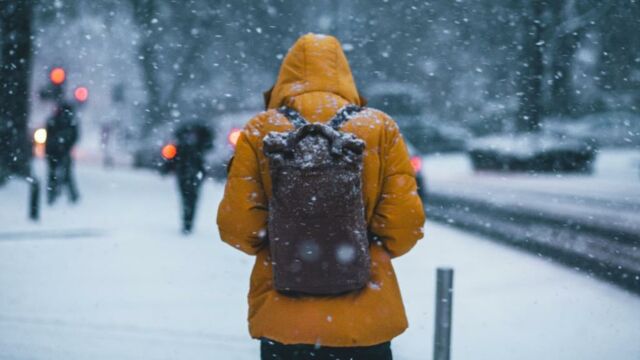As temperatures take a nose dive, many will begin to steadily feel more aches in their body; whether it is joint pain, muscle pain, or even stiffness, there seems to be a correlation between musculoskeletal pain and the cold. Research into the matter has been done before but has proven difficult due to the subjective nature of pain and the many variables that exist in the weather when attempting to find an association. Weather, temperature, and humidity all affect the body and it can prove difficult to isolate each variable and its exact influence. With that said many strong theories exist in the medical field to explain this phenomenon.
Discover our latest podcast
Why pain increases during winter
According to Dr. Ryan A. Harrell an orthopedic reconstruction surgeon who spoke to Fox News Digital:
In colder temperatures, it is believed that the synovial fluid thickens and becomes less viscous. This leads to less cushioning and lubrication leading to stiffness and pain
Synovial fluid is responsible for lubricating joints and when it becomes less viscous this makes mobility more difficult thereby increasing discomfort.
Another theory is that the cold is responsible for the constriction of blood vessels as the body works to stabilize its temperature. As the vessels constrict, less blood will reach the muscles and joints which will contribute to the added stiffness felt during colder months.
One last theory is related to pressure. As temperature decreases, barometric pressure decreases as well. This decrease affects tissue and leads muscles and tendons to expand. However, due to the limited space in joints, this expansion can lead to feelings of discomfort.
How to mitigate the discomfort
While there is nothing one can do to control the weather, there are steps that can be taken to lower the discomfort felt from the temperature drop.
Hydration is paramount not only in the summer but in colder months as well; good hydration helps reduce joint inflammation, carries nutrients to the joints, and promotes the growth of healthy cartilage.
Furthermore, it is crucial not to be sedentary as temperatures drop. Regular physical activity will stretch and loosen joints. ‘Motion is lotion’ isn’t a popular saying by accident, physical activity, despite the soreness associated with it, will increase the quality of life in the long run exponentially.
Lastly, as obvious as it may seem, trying to stay warm will ultimately lessen the joint pain. Wearing proper layers, and locally heating stiff areas will help loosen things up and lower discomfort.
Read more:
⋙ This is the real reason why you should never take a bath in winter, according to experts
⋙ Here's how to strengthen your immune system as winter hits
Sources:
Fox News: The truth about why you feel more aches and pains in the cold weather — and what to do about it
Business Insider: You may feel more pain when it's freezing cold — and there are some biological reasons for that















